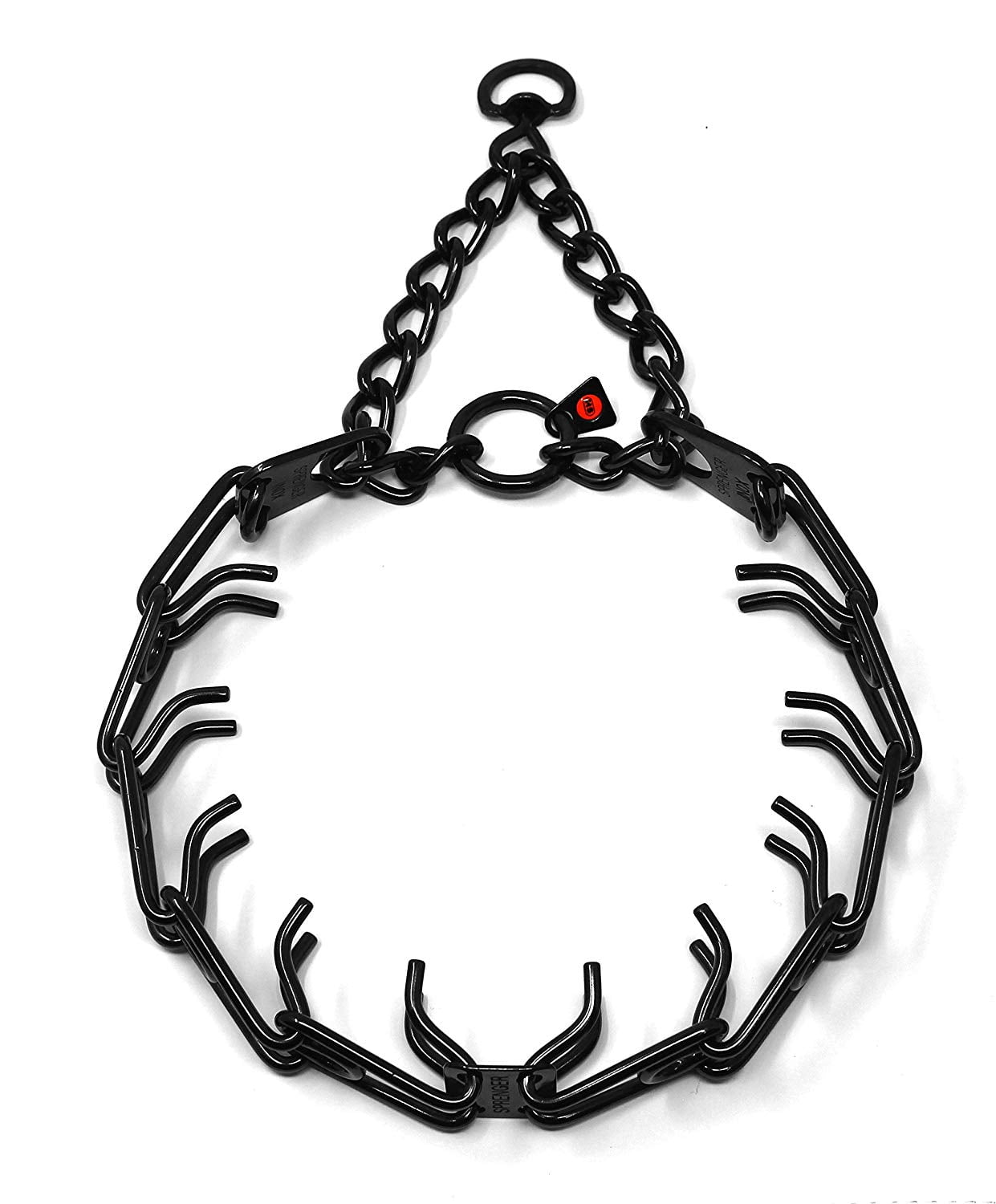

Basic obedience training includes teaching a dog: ĭogs have been trained to perform a large number of practical functions including search and rescue, herding livestock, guarding, explosive or drug detection, disability assistance, dogs have also been trained to perform recreational functions, including companionship, shooting assistance.ĭog training usually involves the basic obedience training to establish control over the animal and can then progress to more advanced specialist training. Dog training includes teaching a dog to react to particular commands and cues as well as to act independently by deliberately changing their natural behavior. ĭog training is the act of teaching a dog particular skills or behaviors. Furthermore, numerous scientific studies have found that reward-based training is more effective and less harmful to the dog-owner relationship than punishment-based methods. The use of punishment is controversial with both the humaneness and effectiveness questioned by many behaviorists. The common characteristics of successful methods are knowing the animal's attributes and personality, accurate timing and consistency. Some of the better known dog training procedures include the Koehler method, clicker training, motivational training, balanced training, electronic training, model-rival training, dominance-based training, and relationship-based training. There are a variety of established methods of animal training, each with its adherents and critics. This can be through classical conditioning, where it forms an association between two stimuli non-associative learning, where its behavior is modified through habituation or sensitisation and operant conditioning, where it forms an association between an antecedent and its consequence.

While training dogs for specific roles dates back to Roman times at least, the training of dogs to be compatible household pets developed with suburbanization in the 1950s.Ī dog learns from interactions it has with its environment. Dog training is the application of behavior analysis which uses the environmental events of antecedents (trigger for a behavior) and consequences to modify the dog behavior, either for it to assist in specific activities or undertake particular tasks, or for it to participate effectively in contemporary domestic life.


 0 kommentar(er)
0 kommentar(er)
